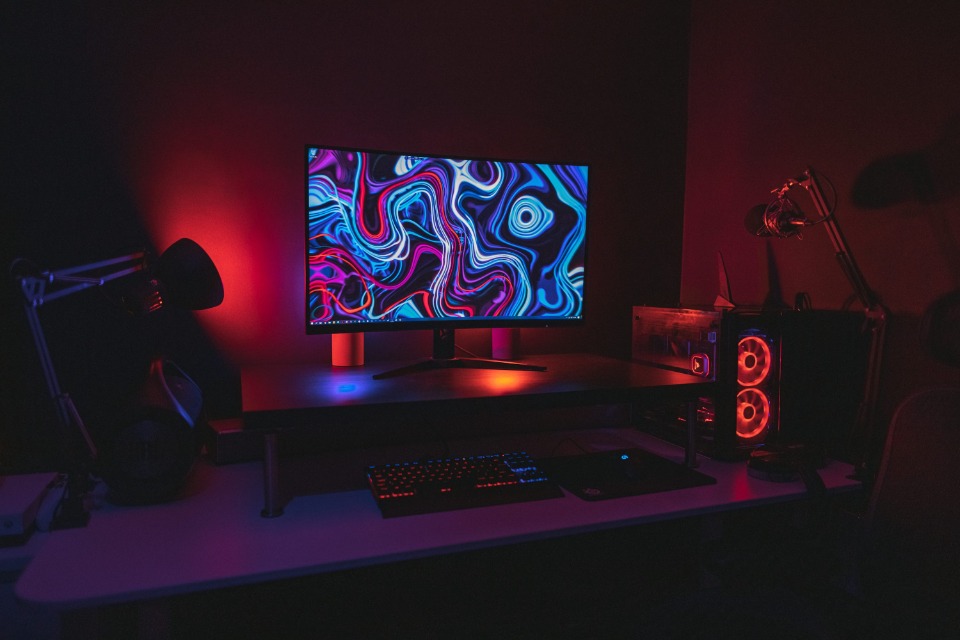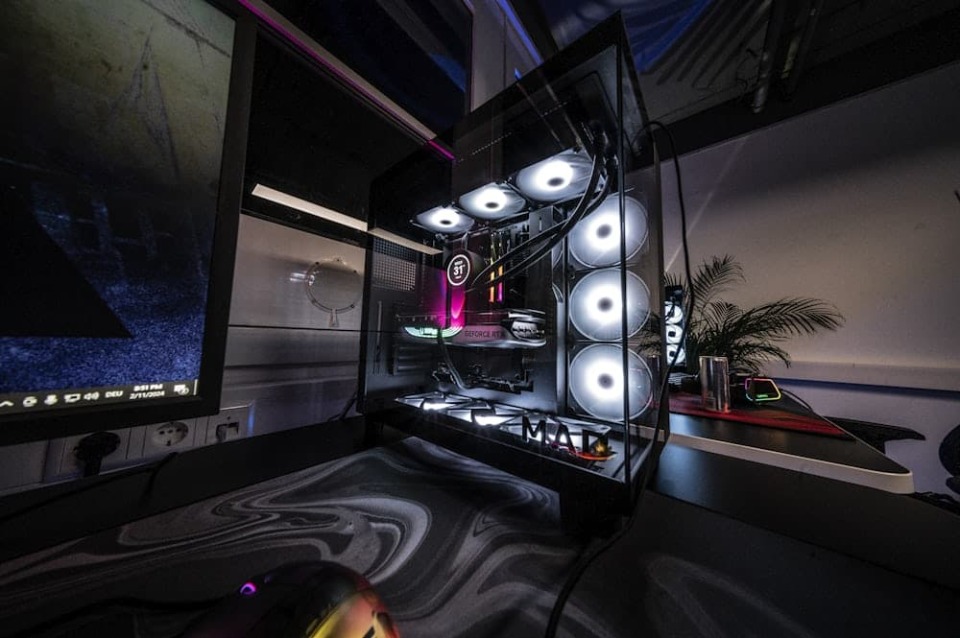ENTERTAINMENT
Level Up Your Gaming: A Guide to Building Your Own PC

play_circle_outline
Listen to this article
Meet Vena & Ryan. Our AI-generated voices for River
In the relentless rhythm of modern life, work often dominates our lives, leaving little room for play. Yet, as the saying goes, "All work and no play makes Jack a dull boy." Play is essential— it fuels creativity, enhances productivity, and refreshes the mind. Whether through outdoor sports or indoor games, taking time to unwind is vital. However, summer’s intense heat often limits outdoor activities, making gaming an ideal alternative to stay engaged, energized, and entertained.
Gaming offers a dynamic escape, with open-world adventures, thrilling races, puzzles, and multiplayer competitions. While mobile gaming is widely accessible, PC gaming remains unmatched, delivering stunning graphics, superior performance, and an extensive library of iconic titles like Minecraft, Counter-Strike 2, League of Legends, and Grand Theft Auto V. PCs outperform consoles like PlayStation and Xbox with enhanced customization, better performance, broader game selections, and the flexibility to upgrade components as technology evolves. Beyond gaming, PCs also serve as versatile machines, going beyond entertainment to support productivity and creative endeavors.
Building a PC is like crafting a masterpiece—each component contributes to an unparalleled gaming experience. The process of building your own gaming PC unfolds through several essential steps:
Planning Your Build
Decide your budget and understand the type of PC you want— gaming, productivity, or all-round performance. Will it be a budget-friendly build for casual gaming, or a high-end beast that can conquer even the most demanding games at 60fps?

Component Selection
Now, it's time to gather your arsenal.
CPU (The Brain): The CPU is the brains of the operation. Research CPUs from Intel and AMD, considering factors like core count, clock speed, and price-to-performance ratio.
Graphics Card (The Heart): The GPU is the heart of your gaming rig. Choose a powerful GPU from NVIDIA or AMD that aligns with your budget and desired performance level.
Motherboard (The Command Center): The motherboard is the backbone of your system. Select a motherboard compatible with your CPU and desired features (e.g., overclocking support, number of RAM slots, number of storage slots).
Memory (The Adrenaline): More RAM means smoother multitasking and better performance in demanding games. Choose fast DDR4 or DDR5 RAM based on your budget and motherboard compatibility.
Storage (The Armory): Choose between NVMe SSDs or SATA SSDs for your operating system and games, and opt for HDDs for storing media and files.
Power Supply (The Engine): Ensure your power supply provides enough wattage to power all your components.
Chassis (The Fortress): Select a case that provides adequate cooling, offers good cable management options, and matches your aesthetic preferences.
Cooling (The Life Support): Choose fans and/or a liquid cooler to keep your components running at optimal temperatures and prevent burnout.
Monitor (The Arena): Pick a monitor with a high refresh rate, low response time, and adaptive sync for lag-free visuals. Consider resolution (Full HD, 1440p, or 4K) based on your gaming needs and don't forget screen size and panel type.
Peripherals (The Tactical Gear): Equip your gaming rig with essential peripherals like a mechanical keyboard for responsive keys, a gaming mouse with adjustable DPI for precision, and a headset with immersive audio and a clear microphone. Add a webcam for streaming or video calls, a controller for compatible games, and a mouse pad for smooth movement. For a personalized touch, consider RGB lighting for ambiance and external storage for extra space.
Personalizing the Setup
Consider aesthetic enhancements like RGB lighting or a custom design. Plan cable management for a neat and organized interior.
Assembling the PC
Carefully install each component, ensuring proper connections and alignment. Refer to guides or tutorials if needed, and take your time during setup. If you're unsure or inexperienced, it's best to consult a technician to avoid damage to components.
Power On
Once the hardware is complete, install an operating system (like Windows), drivers, and gaming software. Customize the software settings to optimize your PC's performance.
Dive into the Action
With your PC powered on and perfectly set up, the adventure truly begins! Launch your favorite games and witness the breathtaking visuals and buttery-smooth gameplay. Feel the adrenaline as you conquer challenges, dive into new worlds, and connect with players across the globe. Tweak in-game settings for optimal performance, explore your favorite titles, and share the experience with friends. Remember, a well-built PC isn't just a multitasking powerhouse for productivity tasks— it's a gateway to endless gaming adventures! Game on!
🎮🕹️

We value your feedback and love to hear your thoughts and suggestions. If you have a moment, please leave us a review.
error_outline Error, please try again
check_circle_outline Done